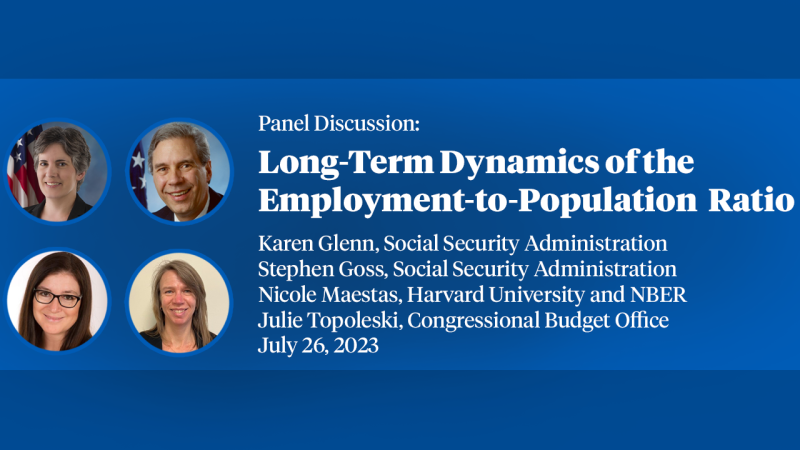In Search of Distress Risk
This paper explores the determinants of corporate failure and the pricing of financially distressed stocks using US data over the period 1963 to 2003. Firms with higher leverage, lower profitability, lower market capitalization, lower past stock returns, more volatile past stock returns, lower cash holdings, higher market-book ratios, and lower prices per share are more likely to file for bankruptcy, be delisted, or receive a D rating. When predicting failure at longer horizons, the most persistent
firm characteristics, market capitalization, the market-book ratio, and equity volatility become relatively more significant. Our model captures much of the time variation in the aggregate failure rate. Since 1981, financially distressed stocks have delivered anomalously low returns. They have lower returns but much higher standard deviations, market betas, and loadings on value and small-cap risk factors than stocks with a low risk of failure. These patterns hold in all size quintiles but are particularly strong in smaller stocks. They are inconsistent with the conjecture that the value and size effects are compensation for the risk of financial distress.
Published Versions
John Y. Campbell & Jens Hilscher & Jan Szilagyi, 2008. "In Search of Distress Risk," Journal of Finance, American Finance Association, vol. 63(6), pages 2899-2939, December. citation courtesy of ![]()


